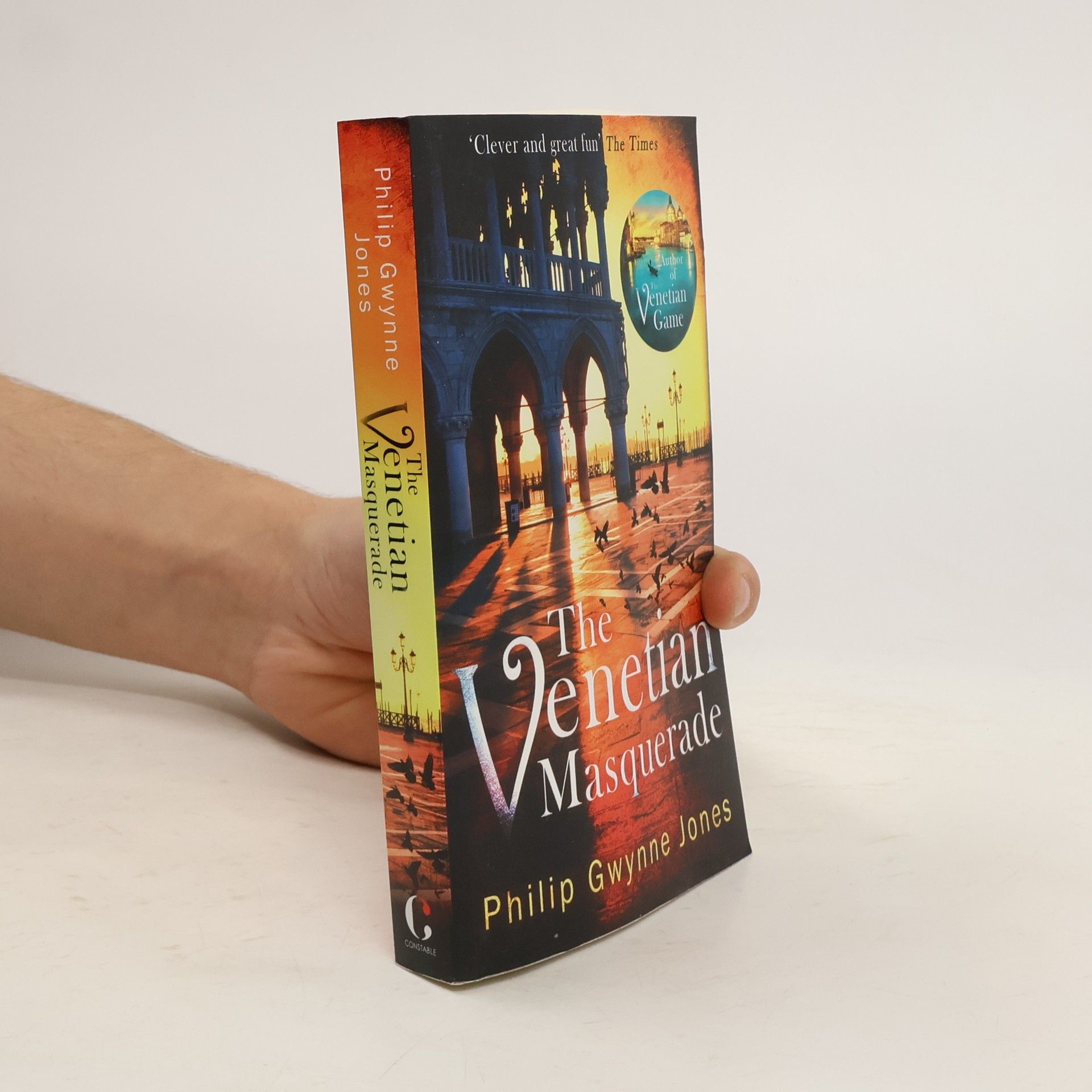To Venice with Love
- 304 stránek
- 11 hodin čtení
It's never too late to have a big adventure...



It's never too late to have a big adventure...
Philip Gwynne Jones' third book featuring English Honorary Consul, Nathan Sutherland - set against the background of Venice, the most beautiful city on earth.
For fans of Joseph Kanon, Donna Leon and Abir Mukherjee comes a fantastic new thriller, The Venetian Game. Set in one of the most beautiful cities on earth, a mild mannered English consul is drawn into a web of deadly secrets and lies